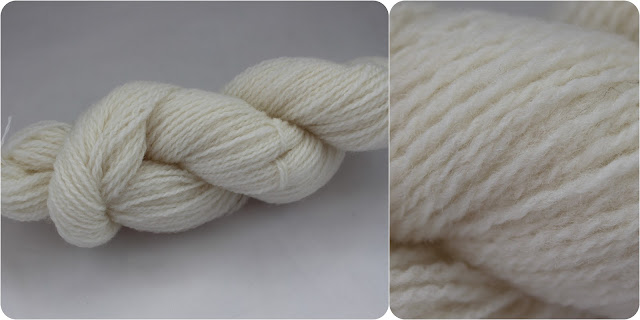The Dorset Down sheep was started to be developed from the 1840's when Southdown rams were crossed with the local native Wiltshire Horn ewes (a hair sheep that still exists but I'm not blogging about this one because it doesn't produce wool) and Berkshire Nott ewes (now extinct). After several generations the improved rams were crossed with Hampshire Down ewes and then continued to add more Southdown and Hampshire over the next several generations of sheep until they achieved a breed that was similar to the Southdown but better suited to the wetter climate of Dorset. The breed was stabilised by the late 1800's. In fact the improved Southdown was cross bred with other native breeds in the downland counties and the improved Southdown bloodlines runs through all other Downs breeds, making the Southdown the grand ancestor of all of the other Downs breeds: Dorset Down, Hampshire Down, Oxford, Shropshire and Suffolk.
The Dorset Down is a medium sized sheep with ewes weighing about 70kg and rams weighing about 110kg and has a rich dark brown or black head, face, ears and legs with wool on the top of the head and around the eyes. Both sexes are polled (hornless).
They produce a good size fleece that is 2-3kg in weight with a staple length of 2-3 inches (5-8cm). The fleece is dense with short blocky staples that may be hard to distinguish from one another. There is no hair or kemp in the fleece from this breed. The fleece should be white and free from dark fibres.
Shorter fleeces can be carded, longer ones will want to be flicked or combed. Keep the draft light and open and the twist moderate to maintain the loft and springy character of the wool. The wool is "chalky" but does take dye nicely but the colours won't be lustrous but neither will they be flat. Has enough crimp to be nicely elastic and it doesn't felt very well.
Yarns spun from Dorset Down fleece are great for socks, mittens, hats, sweaters and the finer fleeces will be great for next-to-skin items.
 |






No comments:
Post a Comment